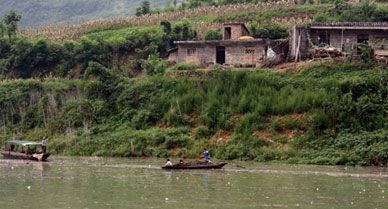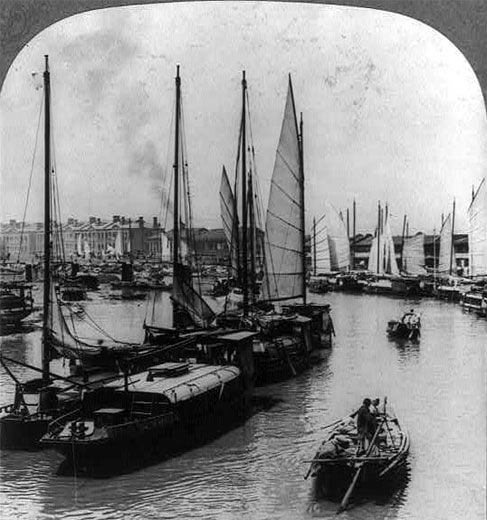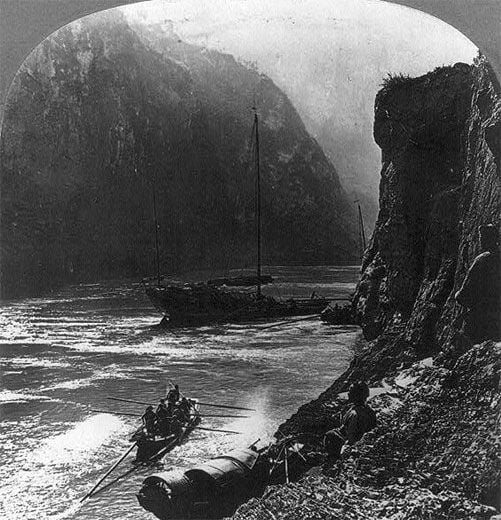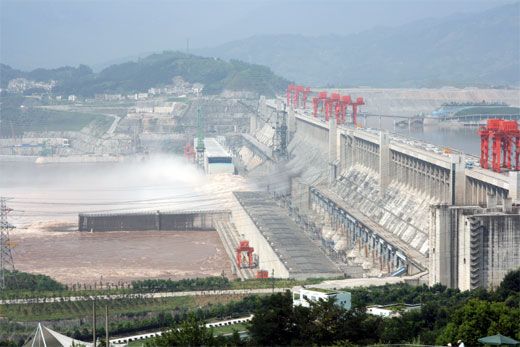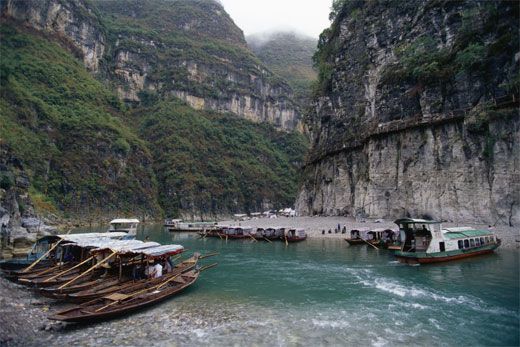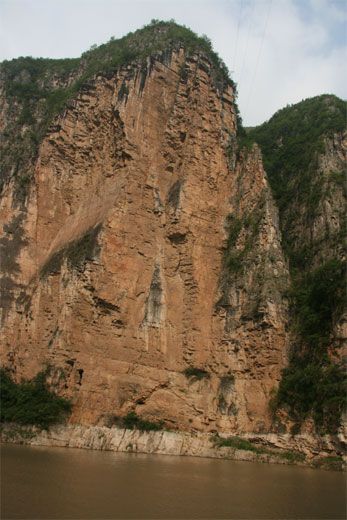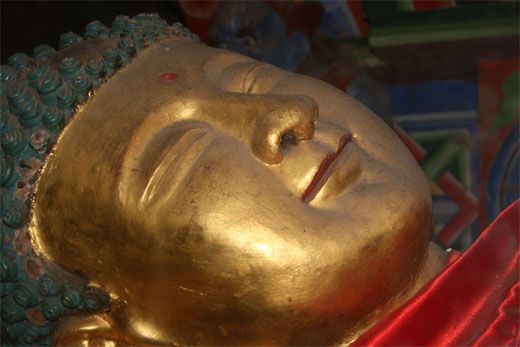Snapshot: Yangtze River
A virtual vacation along China’s mighty waterway
/https://tf-cmsv2-smithsonianmag-media.s3.amazonaws.com/filer/yangtze-631.jpg)
Read about the Yangtze River below, then click on the main image to begin a slideshow about the region.
Origin: Starting in the Kunlun Mountains of the Qinghai-Tibet Plateau, China's Yangtze River meanders more than 3,900 miles to Shanghai, where it empties into the East China Sea. The mighty river is the origin of more than 700 tributaries and traverses such a large area of China that it goes by at least five different names in the many regions it crosses. Although the West recognizes it as the Yangtze, which is derived from the ancient fiefdom of Yang, the river also goes by Chang Jiang (Long River), Tongtian He (River to Heaven) and Jinsha Jiang (Golden Sand River).
The appeal: The Yangtze is the longest river in China and the third largest in the world, after the Amazon and the Nile. Known as the cradle of ancient Chinese civilization, the area is home to such historical sights as Fengdu, a "ghost city" along the Yangtze near the city of Fuling. According to Taoism, when people die their spirits gather in Fengdu, the Ming Mountain city that gained its reputation during the Han Dynasty between 206 B.C. and A.D. 220. Now a tourist spot, it houses many temples with names such as Last-Glance-At-Home Tower and Nothing-To-Be-Done Bridge. Many also cruise the Yangtze to see the striking natural beauty of the Three Gorges, whose dramatic cliff edges, yellow and brown rock faces and tumbling waterfalls span upriver to Sichuan Province.
Interesting historical fact: The Ba, a Chinese ethnic minority who lived in the Three Gorges area for 3,000 years before dying out some four centuries ago, never buried their dead. Instead, they placed the body into a wooden coffin and transported it to a small cave at the height of a cliff. The placement of the body is said to signify honor and bring the dead closer to heaven. These coffins remain in the cliffs, still viewable today from the river, though it remains unclear how the Ba managed to hoist the coffins to such dangerous heights.
Who goes there?: More than 350 million people live in the area around the Yangtze River, a lifeline to many who use the river to fish, transport industrial cargo and irrigate rice paddies and wheat fields. Tourists, however, cruise down the river to soak up its natural and historic scenery, as well as its industrial might.
Then & Now: Before 1993, the Yangtze was a mere 213 feet above sea level. The turbulent current made it difficult for large boats to cruise upriver to cities such as Fuling and Chongqing, and nearly every year, the river flooded, endangering lives and land. With the building of the massive Three Gorges Dam, this natural fluctuation of the mighty Yangtze has stopped. When it is finished in 2009, the dam will back up part of the river into a five trillion gallon reservoir several hundred miles long. Controlling flooding, as well as helping to make the river more navigable, the dam will also provide enough hydroelectric power to cover between 5 percent to nearly 10 percent of China's energy needs.
The project is not without its controversy. The dam has already disrupted endangered wildlife, such as river sturgeon and the near extinct baiji, or Yangtze dolphin, and drowned many places of cultural interest. It has also displaced nearly two million people. As the largest hydroelectric dam in the world nears completion, the water upstream will rise to a final level of 574 feet above sea level, making the still impressive gorges a little less dramatic.
Whitney Dangerfield is a regular contributor.
Planning Your Next Trip?
Explore great travel deals
Smithsonian magazine participates in affiliate link advertising programs. If you purchase an item through these links, we receive a commission.
